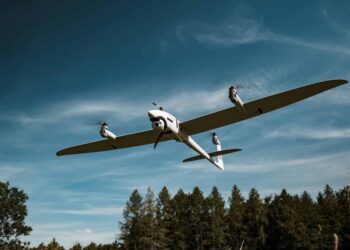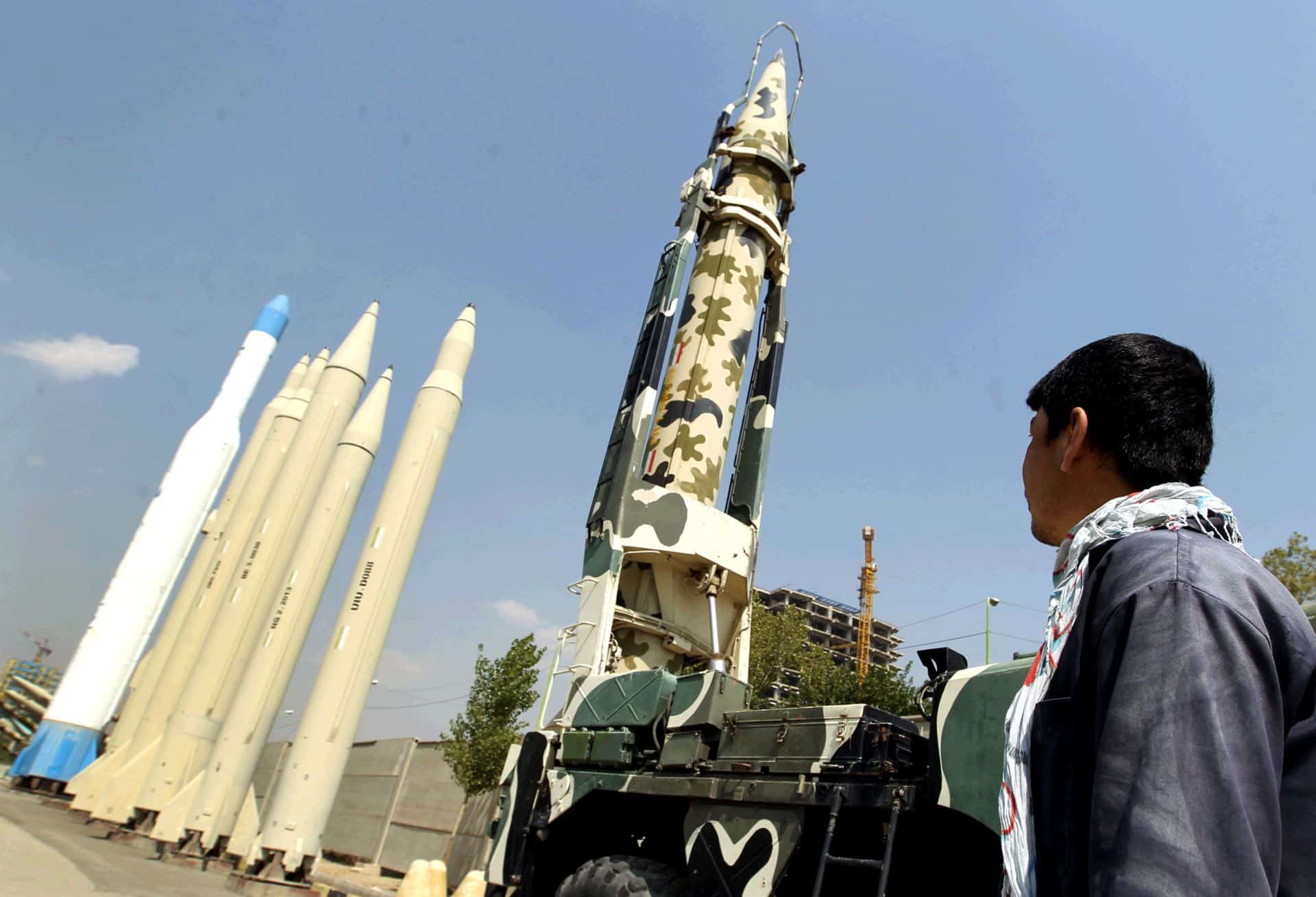US Air Force, EDWARDS AIR FORCE BASE: Soaring 6,000 feet above the sun-baked California desert, a pair of Edwards aircraft — a C-17 Globemaster III shadowed by a C-12 Huron observer aircraft — carried out an unusual mission with an even more unusual cargo recently.
The rear of the aircraft yawned open, and at the prompt of “five, four, three, two, one, green light,” the loadmasters released the restraints and a 65-foot rocket slid out the back of the aircraft beginning its descent to the desert floor.
The rocket drop was a test mission — the first of a series dubbed the Falcon Small Launch Vehicle program. The program is a joint venture between the Defense Advanced Research Projects Agency and the Air Force. It is designed to develop a new method of putting a 1,000-pound payload into low-Earth orbit.
This first test was the successful drop of an inert version of a QuickReach Booster rocket filled with water to increase its weight to 50,000 pounds — about two-thirds the weight of an actual booster.
To compensate for the difference in weight and the center of gravity, the aircraft was put on autopilot at the moment of the release, said Maj. Landon Henderson, a 418th Flight Test Squadron test pilot. “Fifty-thousand pounds going out the back is a pretty big change,” he said.
Major Henderson said this flight was doubly exciting for him. Not only was the mission
Germany says adding explosive drones to weapons arsenal
Germany said Friday it would buy explosive drones for the first time as Berlin boosts investments in its armed forces...









